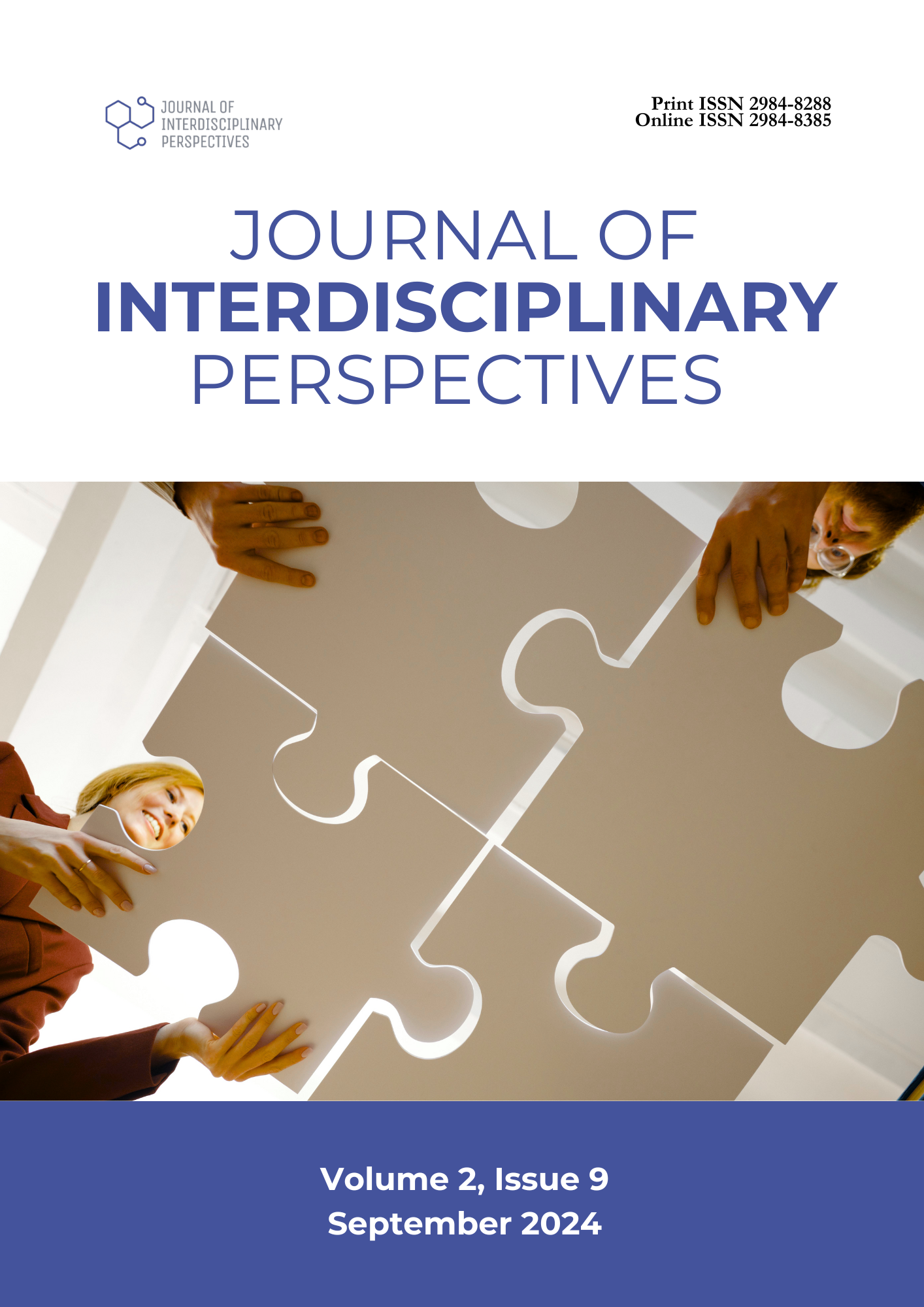Barangay Officials’ Manifestation of Basic Functions in Addressing Public Safety and Security Threats
DOI:
https://doi.org/10.69569/jip.2024.0294Keywords:
Barangay officials, Public safety, Local government code, Public security threatAbstract
This study investigated the correlation between Barangay Officials' level of manifestation of basic deliverables within the framework of the Local Government Code of 1991 and the seriousness of public safety and security threats. Utilizing a quantitative descriptive correlational design, data were collected from 401 regular residents and Barangay Officials. Results indicate that Barangay Halang officials perform strongly in executive, legislative, and judiciary functions, with mean scores of 3.65, 3.68, and 3.68, respectively, classified as "Fully Manifested." A significant discrepancy was observed between resident and official assessments, evidenced by a T-test value of 3.42 and a p-value of less than .001, with officials rating their performance higher. Public safety and security threats were rated "Very Serious" in areas such as health and social welfare services, hygiene and sanitation, beautification, solid waste collection, "katarungang pambarangay," and infrastructure facilities, with mean values ranging from 3.60 to 3.75. Additionally, significant moderately small positive correlations (p < 0.001) were identified between the officials' performance in basic deliverables and the perceived seriousness of public safety threats. The study concludes that while Barangay Halang officials perform strongly, there are opportunities for improvement, especially in stakeholder collaboration and addressing diverse community needs.
Downloads
References
Acosta, J. (2020). Challenges and Opportunities in Barangay Beautification and Solid Waste Collection: A Barangay Officials' Perspective. Journal of Local Governance, 5(2), 87-104.
Basaluddin, K. A. (2021). The administrative capability of the barangay governments in the municipality of jolo, philippines. Open Access Indonesia Journal of Social Sciences, 4(2), 318–330. https://doi.org/10.37275/oaijss.v4i2.56
Bellotindos, L. & Camarillo, M. (2021). A Study of Policy Implementation and Community Participation in the Municipal Solid Waste Management in the Philippines. Applied Environmental Research, 43(2), 30-45. https://doi.org/10.35762/AER.2021.43.2.3
Carpio, C. (2020). Implementation of Curfew Ordinances in Cabanatuan City, Nueva Ecija. International Journal of English and Literature, 5(1), 85-87. https://doi.org/10.22161/ijels.51.16
Dagohoy, R. (2021). Capabilities and Difficulties of Barangay Officials on Local Budgeting Process (2021). International Journal of Research and Innovation in Social Science, 5(5). https://ssrn.com/abstract=3871598
De Guzman, A. B. & De Guzman, R. B. (2019). Hygiene and sanitation practices in North Poblacion, Philippines. Journal of Environmental Science and Management, 22(1), 13-22.
De Los Reyes, V. C. & De Los Reyes, R. C. (2019). Assessment of the attainment of national and global water, sanitation, and hygiene targets at the local level: A case study in the Philippines. Journal of Environmental Science and Management, 22(1), 1-12.
De Torres, J. E., & N. Del Rosario, M. J. (2019). Issues in the implementation of katarungang pambarangay – philippine local justice system: Input towards the development of e-pabarangay. International Journal of Managing Public Sector Information and Communication Technologies, 10(4), 21–32. https://doi.org/10.5121/ijmpict.2019.10402
Diaz, R. & Tan, C. (2019). Strengthening the Katarungang Pambarangay through Enhanced Training for Barangay Officials. Asian Journal of Governance, 7(1), 56-71.
ElMassah, S. & Mohieldin, M. (2020). Digital transformation and localizing the Sustainable Development Goals (SDGs). Ecological Economics, 169, 106490. https://doi.org/10.1016/j.ecolecon.2019.106490
Floranza, J. (2021). Barangay Governance in Northeast of Catanduanes, Philippines: Basis for Catanduanes State University Panganiban Campus Extension Program. European Journal of Social Impact and Circular Economy, 2(1), 100-123.
https://doi.org/10.13135/2704-9906/5058
Garcia, A. (2020). Infrastructure management in barangays: Responsibilities of barangay officials. Journal of Community Development and Infrastructure, 15(1), 35-48.
Gomez, L. (2020). Capacity-Building and Adherence to the Local Government Code: A Study of Training Programs for Barangay Officials. Local Government Studies, 42(3), 627-642.
Leal, R. C., Sagubo, O. S., & Brutas, R. M. (2020). Local government unit basic services: Implementation and assessment. GATR Global Journal of Business Social Sciences Review, 8(1), 49–59. https://doi.org/10.35609/gjbssr.2020.8.1(6)
Monocay, M. D., & Mejica, M. N. A. (2020). The governance performance of selected barangays in highly urbanized city. Philippine Social Science Journal, 3(2), 149–150. https://doi.org/10.52006/main.v3i2.211
Mendoza, J., & Reyes, M. (2021). Evaluating legislative functions in barangays: A necessity for effectiveness and responsiveness. Journal of Local Governance Studies, 8(2), 87-102
Ramos, J., Reyes AT., Serafica R., Kawi J., Fudolig M., Sy F., Leyva E., Evangelista LS. (2019). Barangay Officials' Roles in Promoting Health and Social Welfare Services. Journal of Public Health, 11(3), 1-8.
Santos, J. & Reyes, E. (2021). Legal Capacity of Barangay Officials: Implications for the Effective Administration of Katarungang Pambarangay. Journal of Legal Studies, 8(1), 78-95.
Tan, L. (2021). General Hygiene and Sanitation Services: A Capacity Assessment of Barangay Officials. Philippine Journal of Environmental Health, 3(1), 34-50.
Downloads
Published
How to Cite
Issue
Section
License
Copyright (c) 2025 Journal of Interdisciplinary Perspectives

This work is licensed under a Creative Commons Attribution-NonCommercial 4.0 International License.









